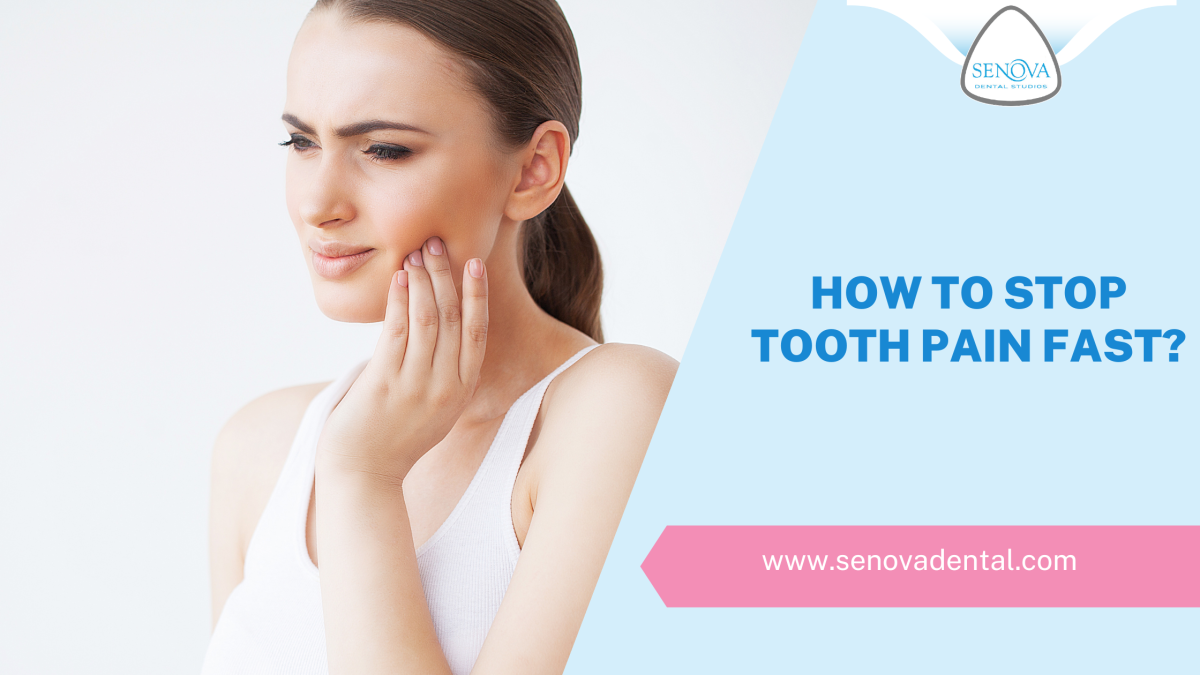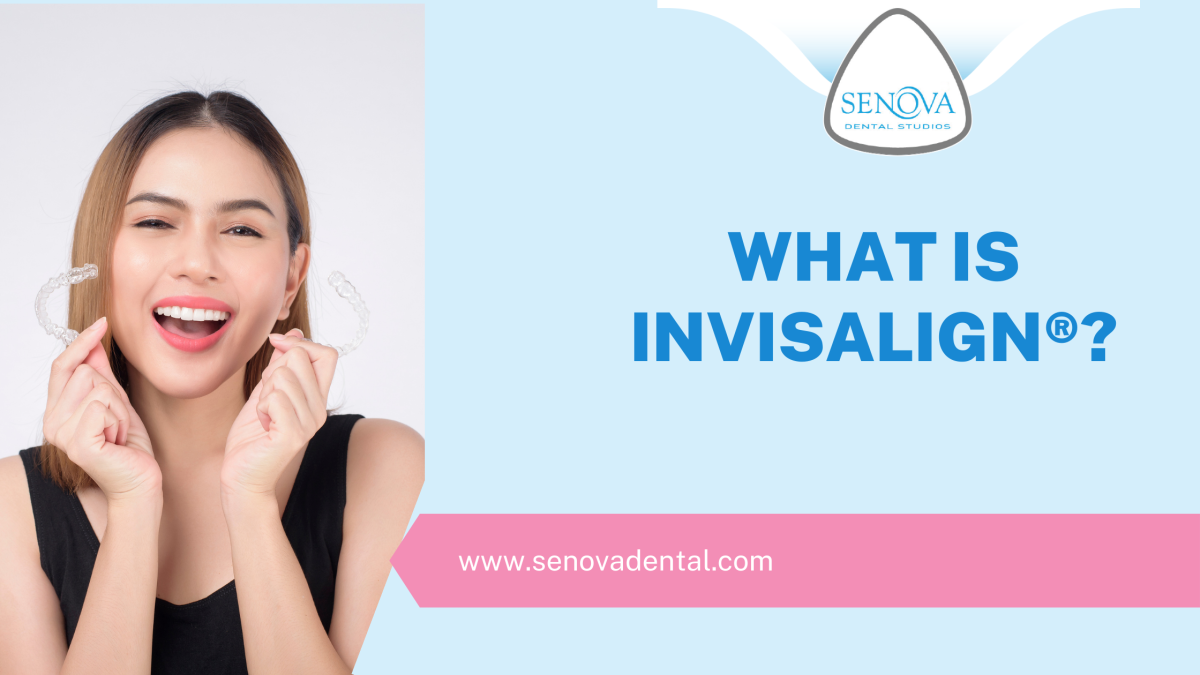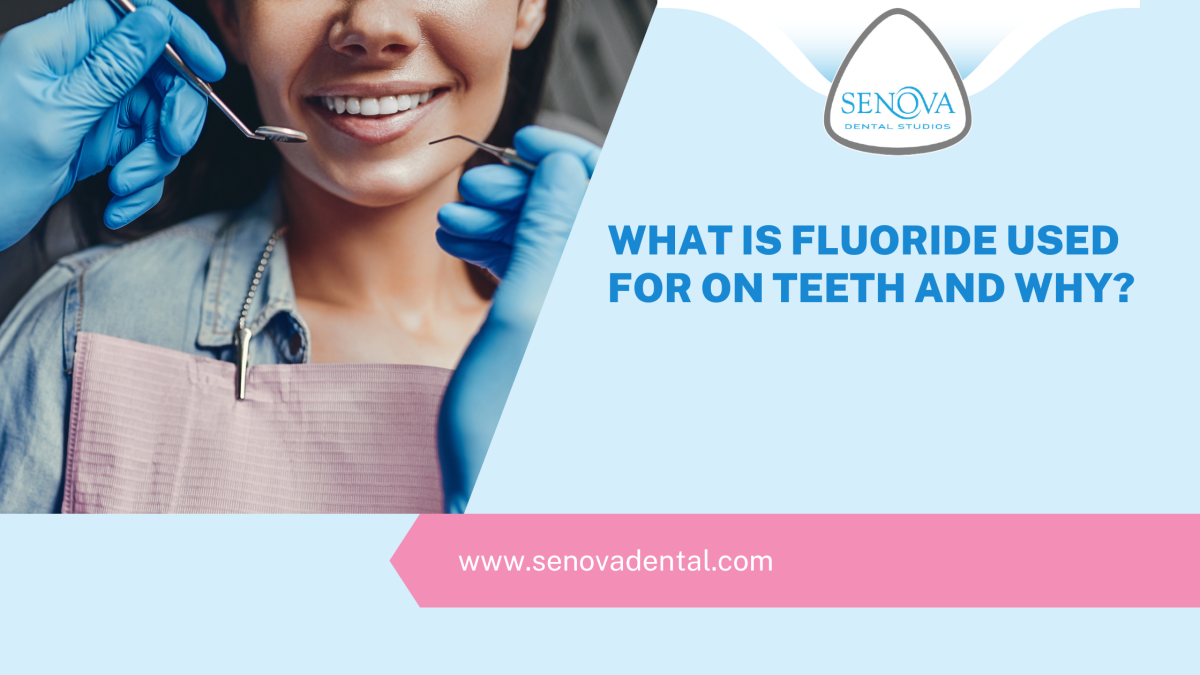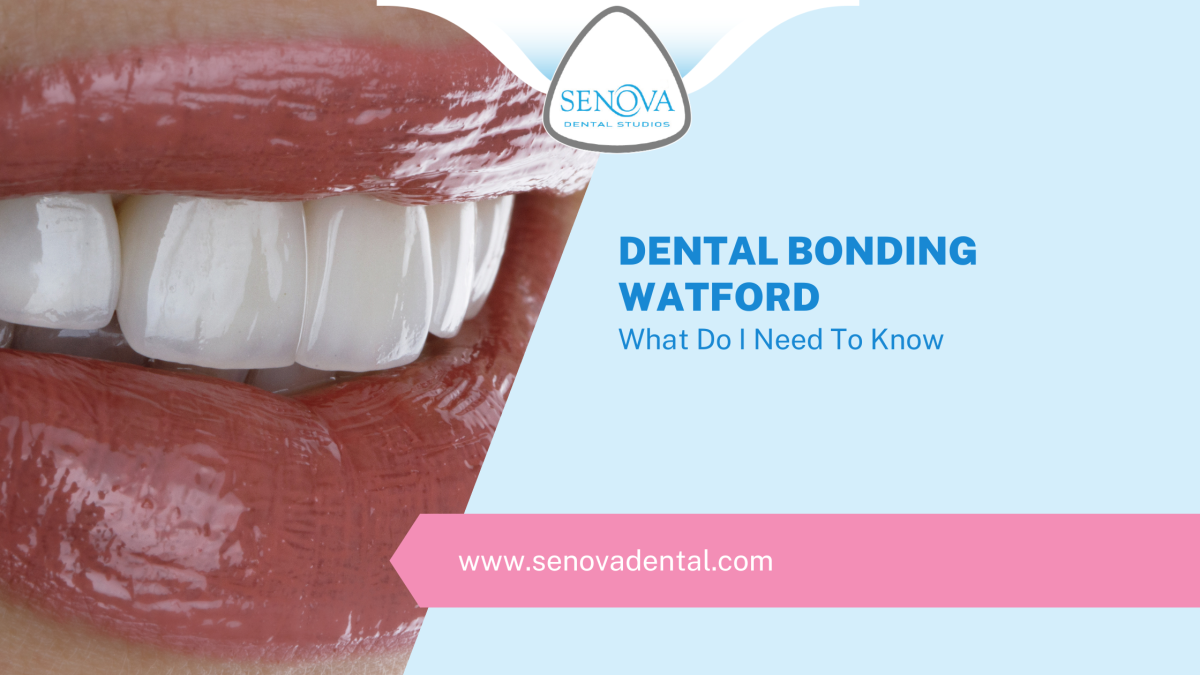A recent survey by Brush-Baby revealed a great amount of confusion about a bit and the dentist:
- 72% of the mums survey said they had not seen any information about teeth and gum care for their babies
- 53% of mums turned to their own mothers for advice on managing their babies teething pain
- 17% of mums turned to their grandmothers for this same advice
- and last of all, only 10% of mums asked their dentist for any advice about their babies teeth and gums

The information gathered by Brush-Baby in their research seems to support the government statistic that 25% of five-year-olds have tooth decay within average of 3.4 teeth involved.
It’s never too early to start forming a habit of good dental hygiene, so let’s take a look at what those habits could include for your baby and children.
Baby tooth eruption sequence.

As you can see from the chart your baby’s teeth will start to erupt after approximately 6 months. Clearly, it is therefore important to begin a dental health routine at this early stage, if not before.
Brushing your baby’s gums

Even before baby has any teeth it’s a good idea to get them into the habit and feeling of having their mouth is cleaned. This will make it easier to transition into using a toothbrush when the time comes and their first teeth erupt. To clean your baby’s gums use some cause or a wet flannel and gently rub it over your baby’s gums, no toothpaste is required at this early stage.
Baby tooth brushing

When baby’s teeth first begin to erupt you can gently switch from rubbing their gums with balls oral wet flannel to using a small baby tooth brush with toothpaste the size of a grain of rice. As your baby grows slowly increase the amount of toothpaste up to a pea sized amount by the time your child reaches three years old.
Be sure to clean all of your baby’s teeth as they appear, this means you will need to regularly check to see which teeth are appearing… If baby doesn’t let you know they are teething already!
Tips to help a teething baby
Teething rings
These can give your baby something to chew which can help to ease any discomfort. Calling them in the fridge also creates a soothing effect on your baby’s gums, however please ensure they only ever go in the fridge and NOT in the freezer.
Teething gels
These gels are usually not suitable for babies under the age of four months, for older babies they can be very helpful as they contain a mild local anaesthetic which eases the pain and may also contain antiseptic which can help prevent any infection around sore gums. Apply the gel with your little finger ensuring that you wash your hands before and after applying.
Soothing a teething baby
When should I start bringing my baby to the dentist?
Many people mistakenly believe that they should only take their child to the dentist when I have all of their teeth or when there is a problem. We recommend taking your child to the dentist as soon as their first tooth appears which could be as young as six-month-old, but certainly no later than 2 years old.
When you bring your child to the dentist for the first time we will normally ask for you to sit with your child on your lap, this makes it easy for you to keep them comforted and ensures they stay relaxed and calm.
Even bringing your child to the dentist when you come for your own appointments can help them see that their parent will calmly sit in the chair and that it’s nothing to be scared about, this in itself is a great lesson for your child to learn from a young age.
Bringing your child to the dentist:
- Familiarises your child with the environment and people that they will meet.
- Gets them used to the words and phrases used in a dental practice.
- Allows your dentist to take a quick look to ensure that everything is okay.
We usually recommend seeing the dentist every six months for both adults and children, progressing on to see the hygienist as soon as they have all of their teeth.
Images courtesy of Patrisyu & Nualpradid at FreeDigitalPhotos.net
- How To Stop Tooth Pain Fast? - January 28, 2024
- What Is Invisalign®? - October 31, 2023
- What Is Fluoride Used For On Teeth And Why? - August 31, 2023




